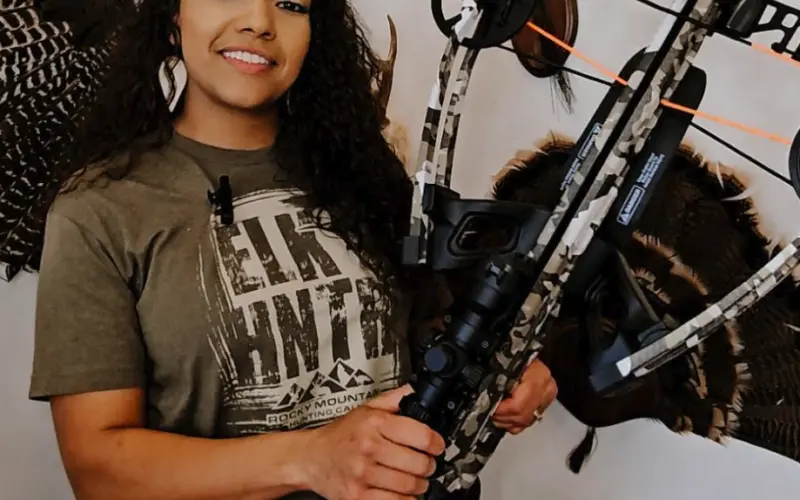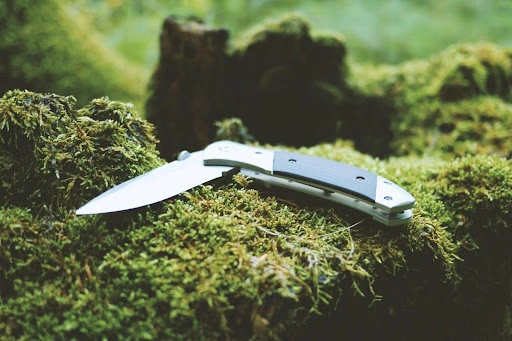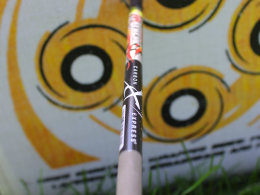I have been using a crossbow for well over half a decade. In recent years, crossbows have experienced a surge in popularity among both hunters and recreational shooters. Their ease of use, power, and accuracy make them an attractive option for individuals of all skill levels. Recently, I got my hands on a brand-new crossbow, and with hunting season fast approaching, I thought it was the perfect time to share some tips and delve into the fascinating history of this powerful weapon. As I familiarize myself with my new gear and work on sighting it in, I’m reminded that summer is the ideal season to get in those much-needed practice reps. Whether you’re a beginner or looking to refine your skills, now is the time to prepare and ensure you’re ready for a successful and enjoyable hunting season.
My New Crossbow: Wicked Ridge Fury 410 Decock
- Speed: 410 FPS (feet per second)
- Length: 29 inches
- Trigger: D1 Trigger, 2-stage, zero-creep design with a 3.5-pound pull
- Cocking System: ACUdraw De-Cock, provides silent cocking and safe de-cocking with only 5 pounds of force
- Scope: RangeMaster Pro Scope, variable speed with aimpoints out to 60 yards, multi-coated optics for optimal light gathering
- Design: Reverse-draw, generating more speed with less draw weight for a smoother shot and superior balance
- Built and inspected in America
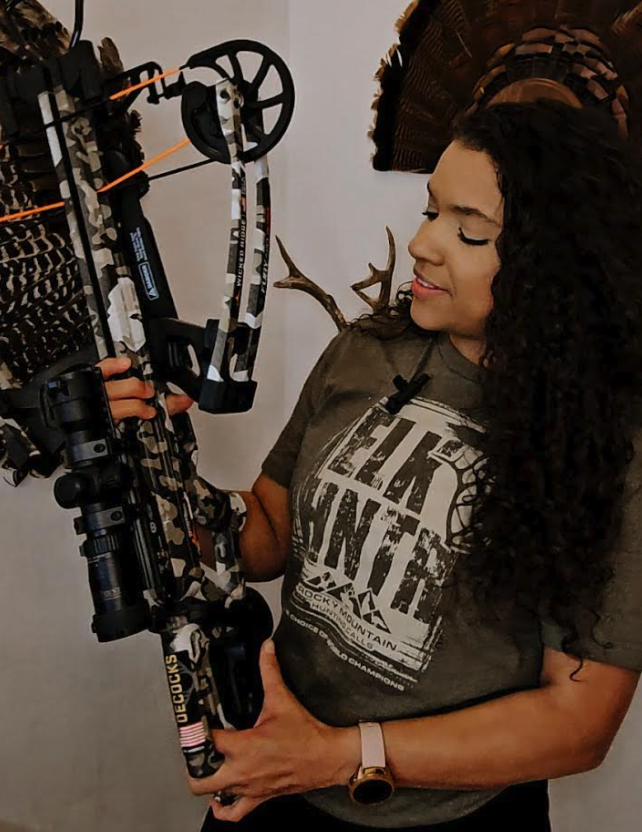
Understanding Crossbows
A crossbow is a type of weapon that consists of a horizontal bow mounted on a rifle-like stock. It shoots projectiles, called bolts, using energy produced by the bows mechanical design. The basic components of a crossbow include:
- Stock: The main body of the crossbow, which the user holds. It houses the trigger mechanism and provides support for the other components.
- Limb: The horizontal limb, which can be either a recurve or compound design. This part generates the power to propel the bolt.
- String: The cord that connects the ends of the bow. It is drawn back and released to shoot the bolt.
- Sight/Optic: An aiming device mounted on the crossbow to help the shooter aim accurately. Most modern crossbows are equipped with a scope.
- Bolts: The projectiles used in a crossbow, typically shorter and heavier than traditional arrows.
The crossbow has a rich history, dating back to ancient times. It was used by various civilizations, including the Chinese, Greeks, and Romans, for both hunting and warfare. Its ease of use and ability to deliver powerful, accurate shots made it a favored weapon in many historical battles. In modern times, the crossbow has evolved with advancements in technology. Today, it is widely used for hunting and recreational shooting. They continue to get faster and more powerful.
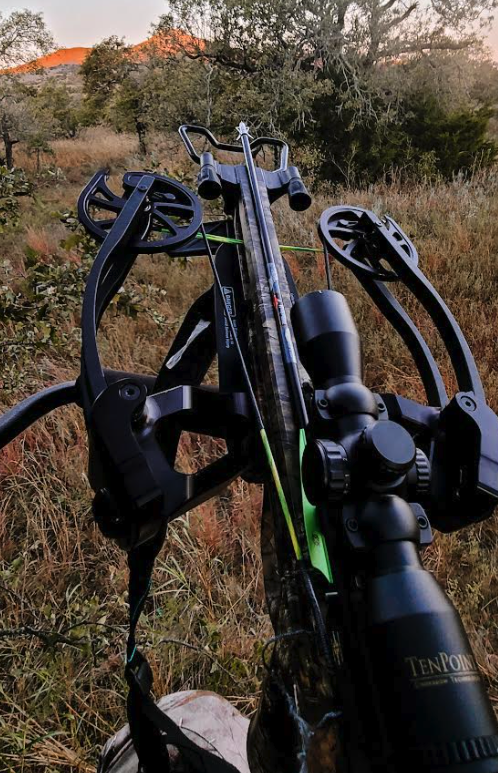
Types of Crossbows
- Traditional Recurve
Characteristics: Recurve crossbows have a simple design with limbs that curve away from the archer when unstrung. They are known for their long limbs and traditional look.
Pros:
– Simplicity and reliability due to fewer moving parts
– Easier to maintain and repair
Cons:
– Larger and more cumbersome to handle
– Generally slower arrow speed compared to compound crossbows
- Compound
Characteristics: Compound crossbows use a system of pulleys (cams) and cables to bend the limbs, which are much stiffer than those on recurve crossbows. This system provides a mechanical advantage, making it easier to draw.
Pros:
– Higher arrow speeds and greater power
– More compact design, making them easier to handle
Cons:
– Typically heavier on the front end
- Reverse Limb
Characteristics: Reverse limb crossbows have limbs that face the opposite direction of traditional crossbows, with the riser placed further back. This design shifts the weight toward the shooter, improving balance and stability.
Pros:
– Better balance and reduced front-end weight
– Can achieve high speeds and power in a compact frame
Cons:
– Typically, more expensive than other models
Choosing the Right Crossbow
When selecting a crossbow, several key factors can help make your decision to ensure you find the right fit for your needs and preferences. Similar to firearms there is no one size fits all crossbow. However, there are a few things to consider:
Draw weight: determines the force required to cock the crossbow. Higher draw weights typically provide more power and faster arrow speeds, but they can also be more challenging to handle.
Speed: measured in feet per second (FPS), is another critical consideration. Faster arrow speeds lead to flatter trajectories and greater kinetic energy, beneficial for hunting larger game.
Size & Weight: play significant roles in your comfort and maneuverability. Lighter crossbows are easier to carry and handle, making them ideal for long hunting trips or frequent movements. Compact models are advantageous in tight spaces like tree stands or ground blinds.
Budget: Crossbows vary widely in price, so setting a realistic budget that includes necessary accessories is important. While it might be tempting to choose the cheapest option, investing in a quality crossbow can enhance your experience with better performance and durability.
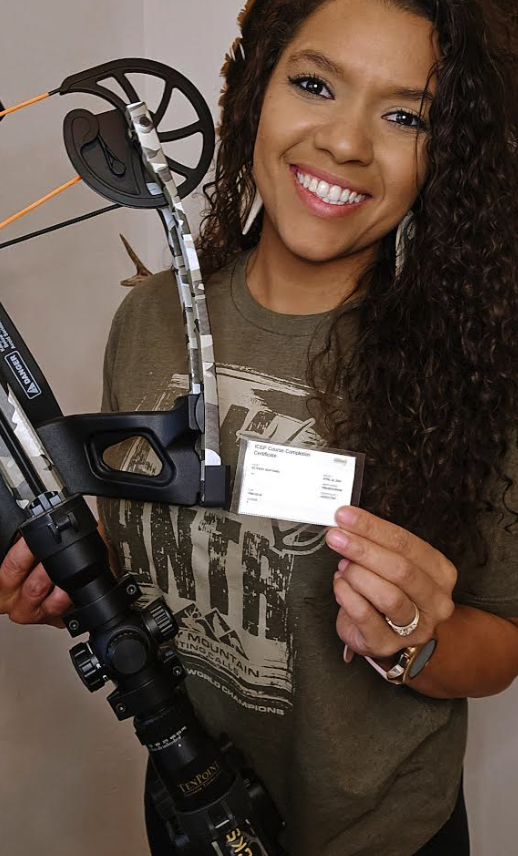
Safety Precautions
Safety is paramount when using a crossbow, as it is a powerful weapon that requires careful handling. Always treat the crossbow as if it is loaded, never point it at anything you do not intend to shoot, keep your finger off the trigger until you are ready to fire and do not transport it fully cocked. Decocking aids such as decocking bolts and targeted are valuable tools for safely discharging your crossbow without firing an arrow, preventing accidental dry fires that can damage the crossbow and cause injury. With newer technology many crossbows can be decocked without being shot.
How to Sight in a Crossbow
Start by placing a target at a close range of 20 yards. At this distance it is easy to make initial adjustments easily and safely. Take a few test shots and observe where the bolts hit relative to the bullseye. Use the adjustment knobs on your scope to correct the windage (left-right) and elevation (up-down). Make small adjustments and continue testing until your bolts consistently hit the target center. Once you are consistently hitting the bullseye at 20 yards, gradually move the target to longer distances, such as 30, 40, 50 and 60 yards. Repeat the sighting process, making fine adjustments to the scope as needed. This ensures that your crossbow is accurately sighted in for various distances, providing you with confidence and precision.
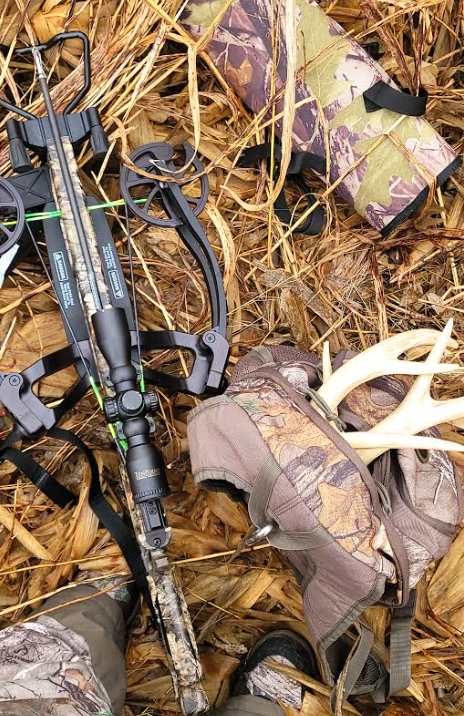
Maintenance and Care
Proper maintenance and care of your crossbow are essential to ensure its longevity, performance, and safety. Regular inspections are crucial to identify any potential issues before they become serious problems. Before each use, carefully inspect your crossbow for signs of wear or damage, paying particular attention to the strings and cables for fraying or stretching, the limbs and riser for cracks or splits, and the bolts and arrows for straightness and intact fletching. Additionally, confirm that the scope is securely mounted and properly aligned. Cleaning your crossbow regularly helps prevent the build-up of dirt and debris, which can affect its performance. After each use, wipe down the crossbow with a soft cloth and use a small brush to clean hard-to-reach areas. Avoid using harsh chemicals that could damage the finish or components. Lubrication is also a vital part of crossbow maintenance. Apply a thin layer of rail lube every as recommended by the manufacturer, to reduce friction between the rail and the bolt, ensuring smoother and more accurate shots. Use string wax on the string and cables every before hunting season or when the string appears dry, rubbing the wax in with your fingers until it is evenly distributed. By following these maintenance and care tips, you can ensure that your crossbow remains in excellent condition, providing reliable performance and safety for years to come. Regular upkeep not only extends the lifespan of your equipment but also enhances your overall shooting experience.
As an education advocate for the National Bowhunter Education Foundation, I understand the importance of continuous learning and safety in our sport. While not required in my state, I recently completed and received certification from the Crossbow Hunting Education Course. I highly recommend all crossbow users consider taking this course to deepen their knowledge and ensure a safe, ethical hunting experience.

